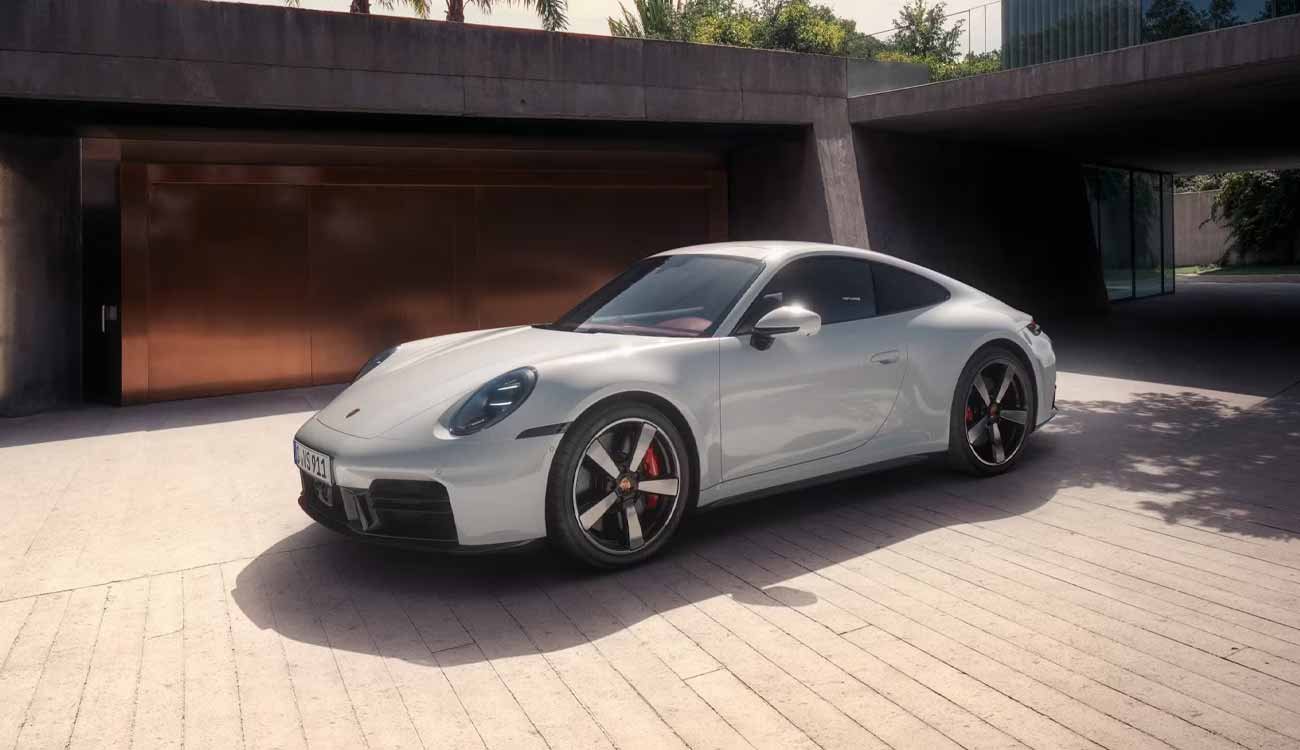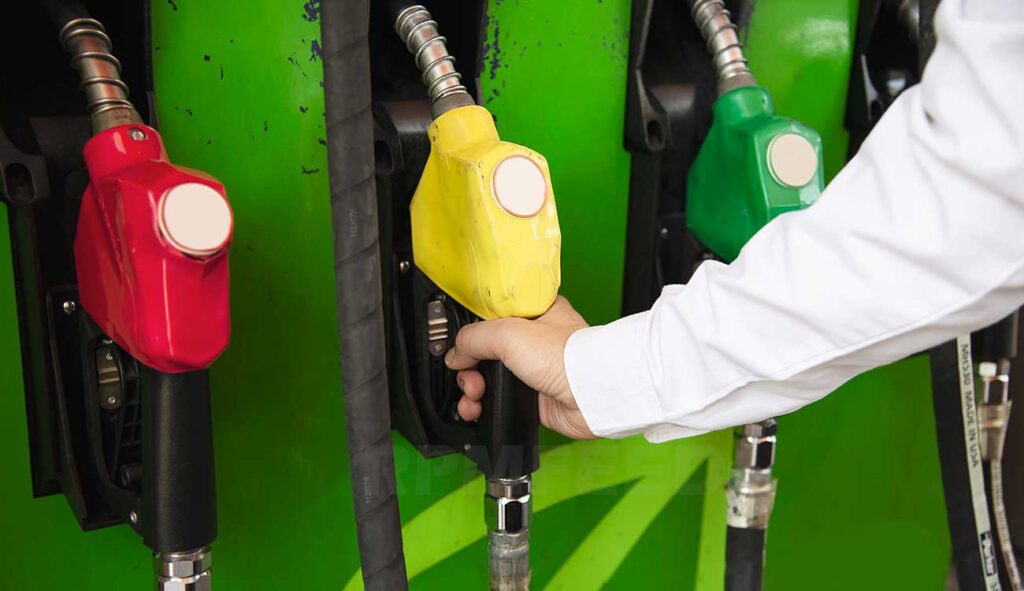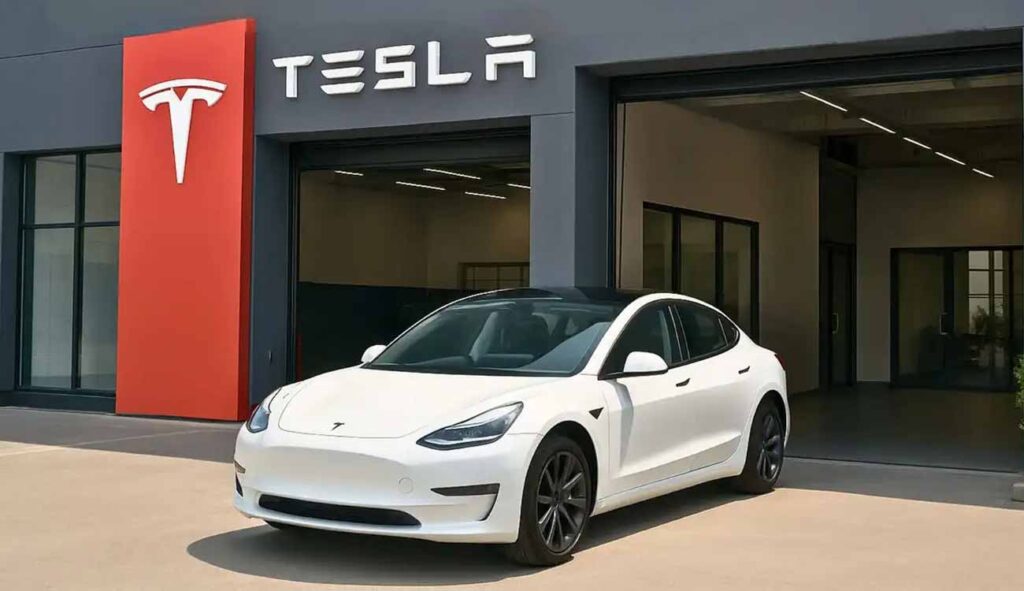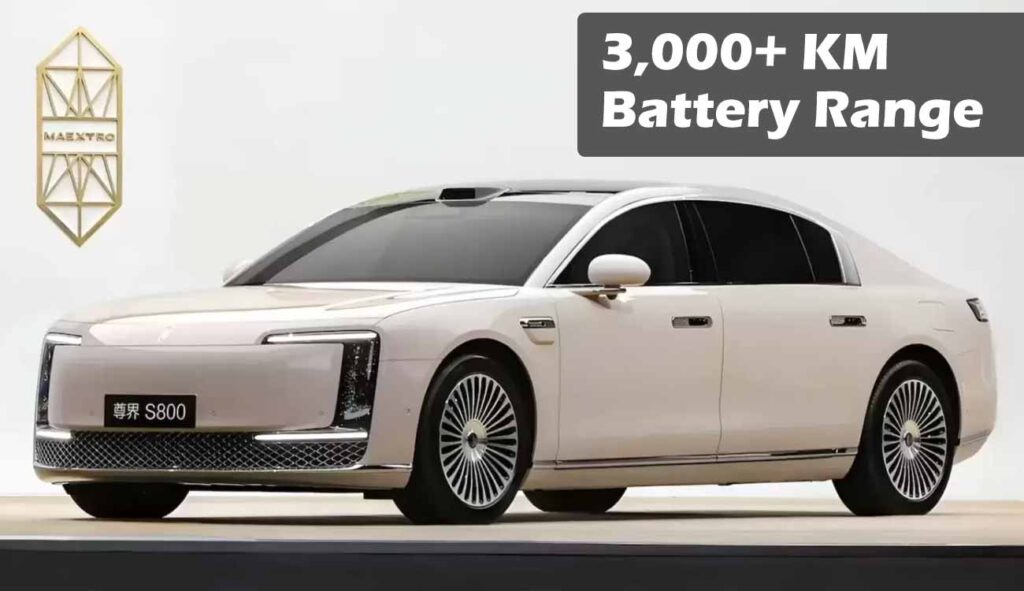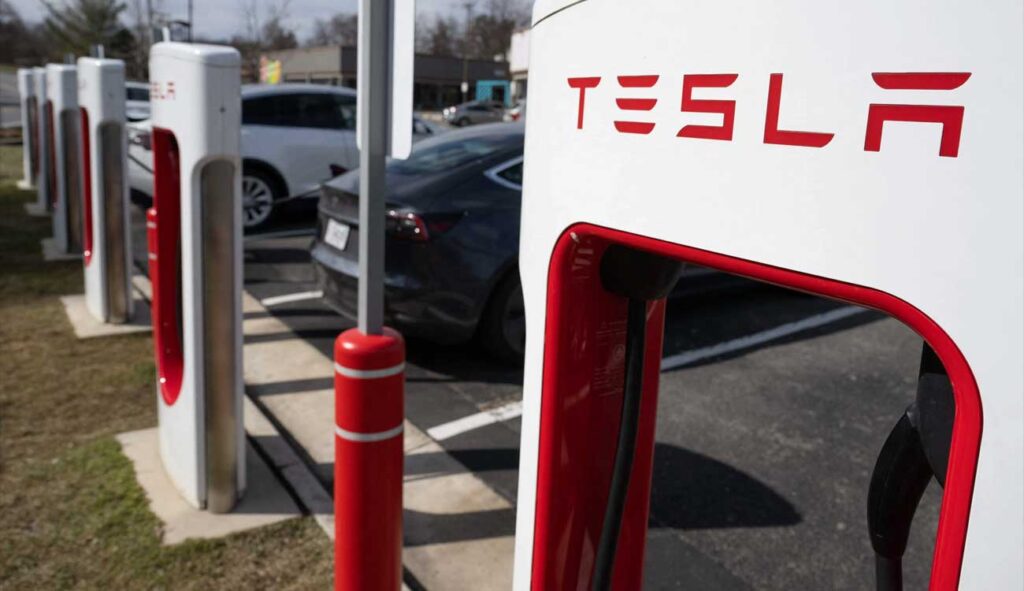Porsche has announced price increases for its entire model lineup, citing shifting market conditions as the primary driver. While Porsche vehicles have always been synonymous with luxury and high price tags, these recent adjustments might catch the attention of even its loyal customer base. The changes come at a time when global markets are under strain, with challenges like tariffs, slowing EV adoption, and fluctuating sales impacting the automotive industry.
Here’s a detailed look at what’s changing and what it means for potential Porsche buyers.
What’s Changing and Why?
Porsche has implemented these price increases, ranging between 2.3% to 3.6% across all base models, emphasizing that the adjustments are necessary due to external “market conditions.”
A Porsche spokesperson stated, “With our customers front of mind, we monitor market conditions constantly, absorbing costs where possible and making changes only when absolutely necessary. These adjustments ensure we maintain the premium quality Porsche is known for.”
Below is the updated pricing for Porsche’s base models:
| Model | New Price | Previous Price | Price Increase |
|---|---|---|---|
| 2025 718 Cayman | $77,395 | $74,795 | 3.5% |
| 2026 911 Carrera | $134,650 | $129,950 | 3.6% |
| 2026 Cayenne | $91,950 | $88,795 | 3.6% |
| 2026 Macan | $66,950 | $65,350 | 2.4% |
| 2026 Panamera | $112,450 | $108,550 | 3.6% |
| 2026 Taycan | $106,250 | $102,550 | 3.6% |
Why Tariffs Are a Key Factor
Although Porsche has not directly cited tariffs as a reason for these increases, global trade challenges certainly play a role. Porsche, a Germany-based automaker, builds all its cars in Europe with the exception of the Cayenne (produced in Slovakia) and a small production facility in Malaysia.
The U.S. has imposed significant tariffs on imports, with a 25% levy applied to vehicles and parts. This builds upon an existing 2.5% import duty on automobiles. The Trump administration even threatened to increase tariffs on EU goods to as high as 30%, further complicating costs for European automakers exporting to the U.S.
Given Porsche’s lack of domestic production capability in the U.S., such tariffs inevitably make their way into the final pricing structure of vehicles.
How Market Trends Are Affecting Porsche
- Global Sales Decline: While U.S. sales remain strong, Porsche has faced difficulties in other international markets, particularly China, which has seen a shift towards supporting local automakers.
- Challenges with EV Adoption: Porsche’s ambitious EV models, like the Taycan and the highly anticipated Macan Electric, aren’t performing as well as projected. The slower-than-expected adoption of EVs, especially in the U.S., is putting pressure on Porsche’s transition strategy toward electrification.
- Shift in Competitive Landscape: Once the benchmark of profitability and reliability in the auto world, Porsche is now contending with an evolving industry where competitors are introducing innovative models at increasingly competitive prices.
What Does This Mean for Porsche Buyers?
For Porsche enthusiasts, the price hike may not heavily affect the appeal of models like the 911, Taycan, or Panamera, which are already considered luxury vehicles. However, the increase might deter prospective buyers of more accessible models, such as the Macan and Cayenne, which target a broader audience.
Additionally, Porsche has confirmed potential increases in option pricing and delivery fees, meaning the total cost could exceed the base MSRP increase of 3.6%.
Looking Ahead
Despite these challenges, Porsche remains steadfast in ensuring it offers premium-quality vehicles while adapting to market conditions. The automaker is also exploring local U.S. production, which could help mitigate future cost pressures stemming from import tariffs.
For buyers, these changes underscore the importance of planning purchases strategically and keeping a close eye on future announcements from Porsche.
